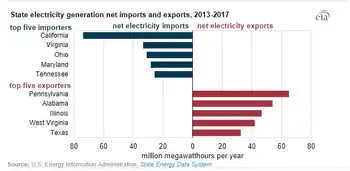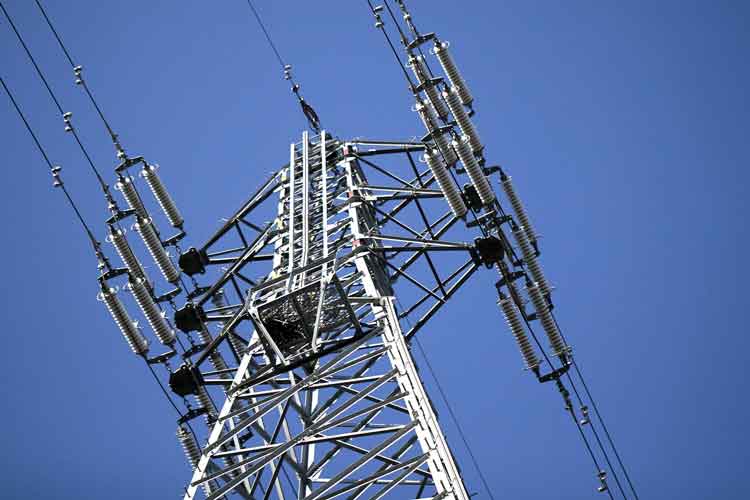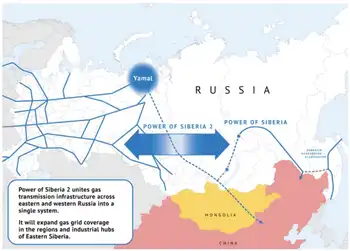Xcel takes bid for expanded nuclear plant to judge
By Associated Press
Protective Relay Training - Basic
Our customized live online or in‑person group training can be delivered to your staff at your location.

- Live Online
- 12 hours Instructor-led
- Group Training Available
Xcel wants to operate reactors at the Prairie Island Nuclear Generating Plant up to 20 years beyond the expiration of their federal licenses, which run out in 2013 and 2014. To do that, the utility must add dry cask storage for spent fuel. Xcel also wants to increase generating capacity at the plant by 164 megawatts, which it says it could achieve by enlarging the plant's steam generators and some pumps.
After the deadline for comments in the case, Judge Richard Luis has 30 days to review hundreds of pages of documents and issue a recommendation to state regulators.
Environmentalists, Red Wing city officials and the Prairie Island Indian Community have expressed concerns about Xcel's plans and hope Luis and the Public Utilities Commission address them.
"We're the host community for the power plant, so we're the ones who have the responsibility to maintain all the public safety services in case anything happens," said Red Wing City Council member Lisa Bayley.
People who live near the plant, including members of the Prairie Island Indian Community, are not only concerned about safety, but also have raised questions about the levels of radioactive elements in the air and water near the plant.
Existing groundwater contamination "demonstrates that the plant's ongoing operations and proposed uprate cannot be accomplished in a manner that protects the natural, socio-economic and human health environments," wrote attorneys for the community, which is made up of about 250 residents.
Xcel has countered with analyses showing any expansion of storage and generation capacity at Prairie Island would meet legal standards for such contaminants, and the company said it will continue to monitor air and water to assess any potential risk. The utility also said it is doing what it can to pressure the federal government into providing storage for nuclear waste.
"We've worked with (the Prairie Island Indian Community) to compensate them and mitigate any issues that they might have, and we expect to continue that as we move forward with this," said Betsy Engelking, Xcel Energy's resource planning director.
Engelking said additional power generated at Prairie Island is a cost effective way to add energy to the electric grid, especially if Congress adopts a cap and trade system to regulate greenhouse gas emissions.
Still, the prospect of having a nuclear plant operate and store nuclear waste on site long-term has led one group to ask the judge to recommend against approving any permits for Xcel's plans. The organization, called the Prairie Island Nuclear Generating Plant Study Group, argues that energy demand has dropped and that Xcel should find an alternative that doesn't generate dangerous waste.
"This decline in energy demand means we have the opportunity to shift away from nuclear power, put more wind online and convert plants like Prairie Island to natural gas as a backup," said Paula Maccabee, an attorney for the group that includes citizens and environmentalists.
The Minnesota Public Utilities commission is expected to take up the plans for Prairie Island before the end of the year. If they are approved, the state Legislature would have a chance to review the plans early next year.











